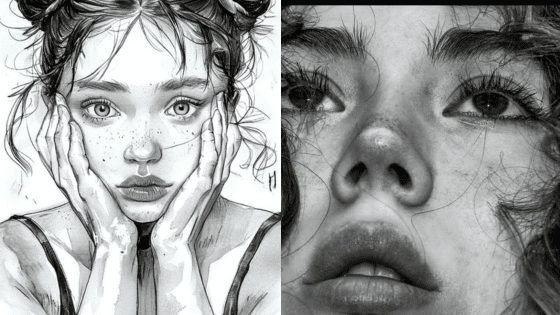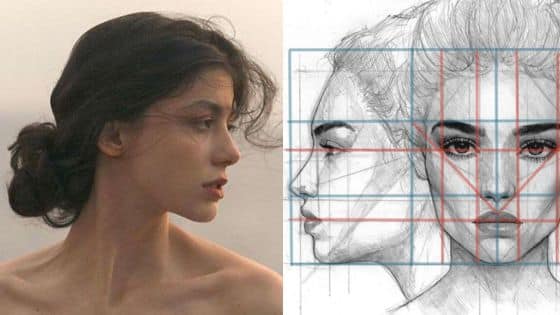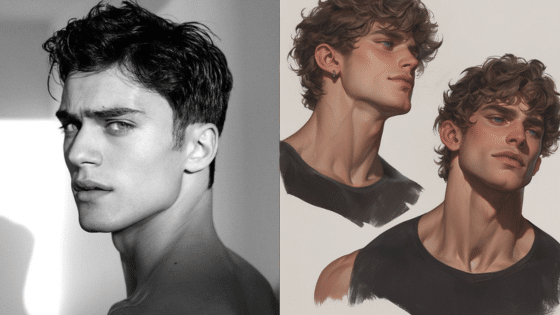Couple portrait drawing transforms fleeting moments of love into lasting artistic expressions that capture the unique bond between two people. Whether you’re sketching your own relationship or creating artwork for others, this intimate art form requires understanding both technical drawing skills and the subtle dynamics of human connection.
Creating compelling couple portraits involves mastering proportions, poses, and the emotional nuances that make each relationship special. You’ll need to observe how couples naturally interact, from gentle gestures to shared glances, while developing your ability to translate these moments onto paper with accuracy and feeling.
This comprehensive guide will walk you through everything from selecting the right materials and techniques to composing meaningful portraits that tell a love story. You’ll discover various artistic styles, learn practical tips for capturing authentic poses, and explore creative approaches that will elevate your couple portrait drawings from simple sketches to cherished keepsakes.
Key Takeaways
- Couple portrait drawing combines technical skill with emotional observation to create meaningful artwork
- Success depends on understanding proper proportions, natural poses, and the materials that best suit your artistic style
- Effective composition and personal customization transform basic drawings into unique representations of each couple’s story
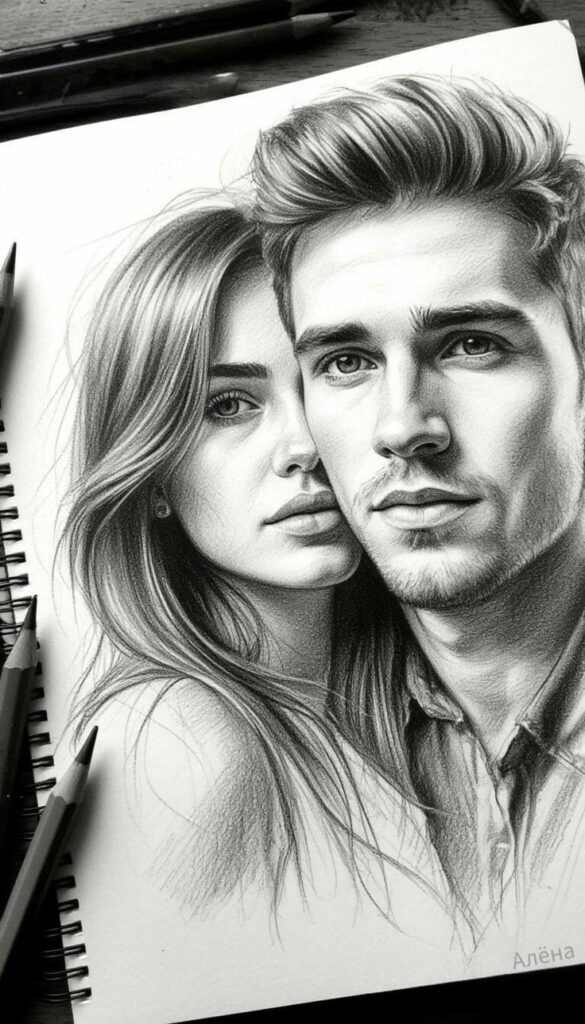
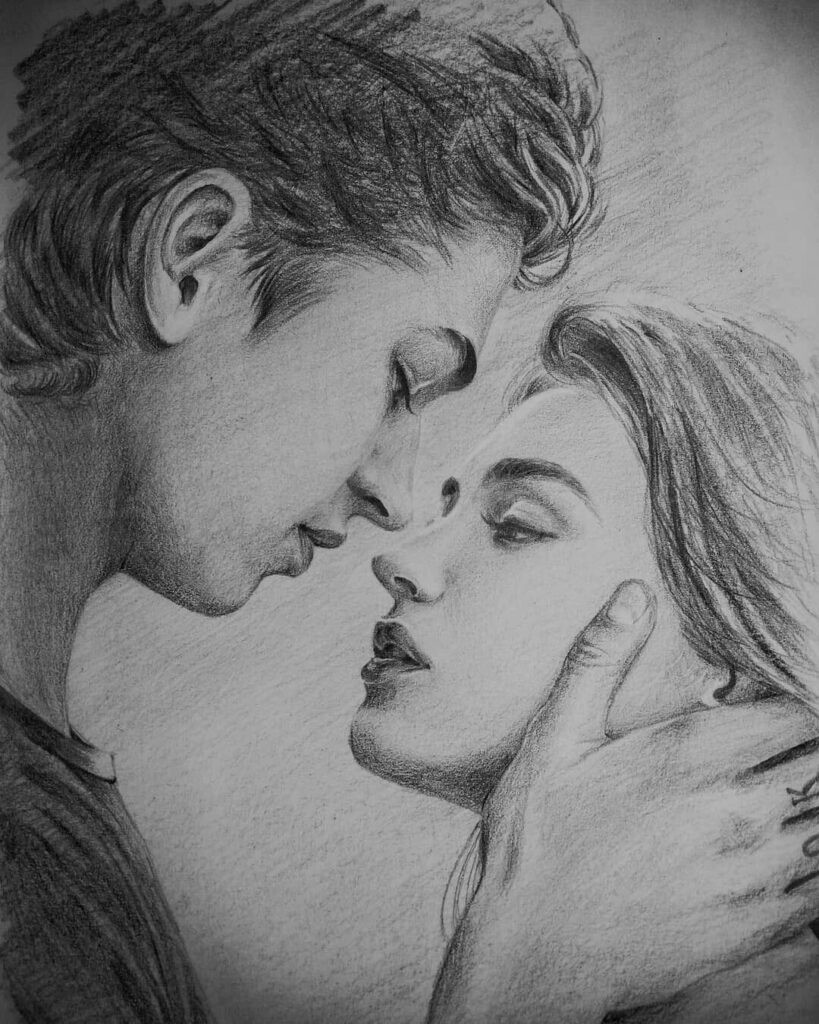
What Is Couple Portrait Drawing?
Couple portrait drawing captures the visual likeness and emotional connection between two people through artistic mediums. This art form focuses on demonstrating relationships through careful attention to expressions, body language, and the unique dynamics that define each partnership.
Definition and Key Concepts
Couple portrait drawing is an artistic practice that creates visual representations of two people in a relationship. You create these drawings using various mediums like pencil, charcoal, or digital tools.
The primary goal involves capturing both physical likeness and emotional essence. Your drawing should reflect the unique bond between the subjects rather than simply depicting two separate individuals.
Key elements include:
- Accurate proportions of both faces and bodies
- Spatial relationships between the subjects
- Consistent lighting across both figures
- Unified composition that connects the pair
You must consider how the subjects interact within the frame. Their positioning, eye contact, and physical proximity all contribute to telling their story.
Role of Emotion and Connection
Emotion forms the foundation of successful couple portrait drawing. You need to observe and translate the subtle interactions that define relationships into visual form.
Body language reveals significant emotional information. The way subjects lean toward each other, hold hands, or position their shoulders communicates their connection level.
Facial expressions require careful study. You should capture shared glances, gentle smiles, or moments of quiet intimacy that reflect genuine emotion.
Critical emotional elements:
- Eye contact patterns between subjects
- Mirrored expressions or complementary emotions
- Physical touch and proximity
- Relaxed versus formal posturing
Observing real couples helps develop your understanding of natural interaction patterns. This observation skill directly improves your ability to create authentic emotional representations.
Types of Couple Portrait Drawings
Couple portrait drawings span multiple styles and approaches. Traditional realistic drawings focus on precise anatomical accuracy and detailed rendering techniques.
Stylized portraits emphasize artistic interpretation over photographic accuracy. You might use simplified features, enhanced proportions, or distinctive artistic techniques.
Sketch-style portraits maintain loose, expressive linework. These drawings often capture spontaneous moments and natural expressions effectively.
| Style Type | Characteristics | Best For |
|---|---|---|
| Realistic | Detailed, accurate proportions | Formal commemorative pieces |
| Stylized | Artistic interpretation, simplified | Creative, personalized gifts |
| Sketch | Loose linework, expressive | Casual, intimate moments |
Digital couple portraits offer flexibility in editing and color options. You can experiment with different effects and make adjustments more easily than traditional media.
Life drawing approaches involve sketching couples directly from observation. This method captures natural poses and authentic interactions between subjects.
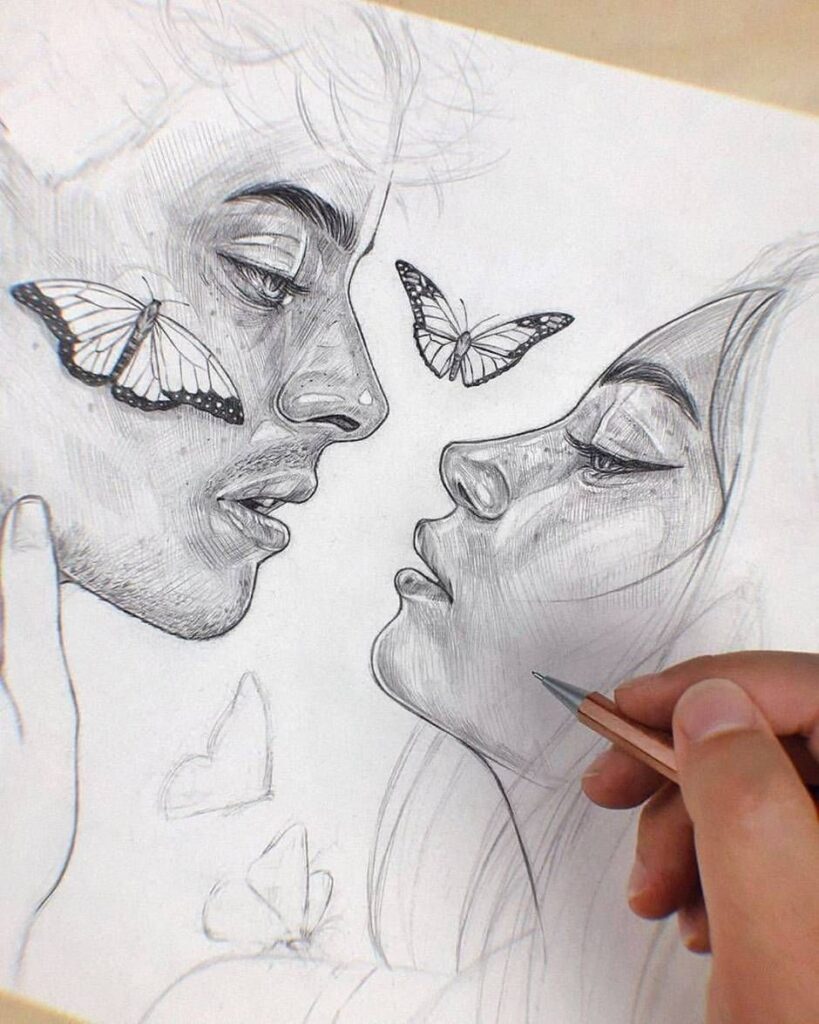
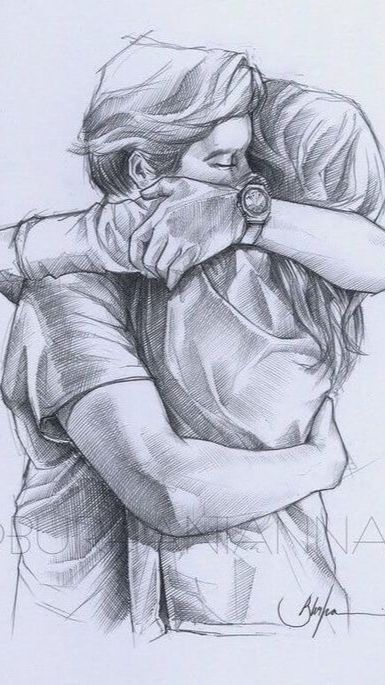
Popular Couple Portrait Drawing Ideas
Couple portrait drawings range from timeless romantic poses to modern artistic interpretations that capture intimate connections. The most effective approaches combine traditional composition techniques with personal touches that reflect the unique relationship between subjects.
Classic Poses and Scenes
Hand-holding scenes remain among the most popular couple drawing ideas for good reason. You can depict interlocked fingers, gentle palm touches, or hands reaching toward each other across a space.
Profile silhouettes create striking romantic imagery. Position your subjects facing each other with foreheads touching or gazing into each other’s eyes.
Dancing poses capture movement and intimacy simultaneously. Draw couples in formal ballroom positions or casual swaying embraces.
Sitting together compositions offer natural, relaxed portrayals:
- Back-to-back positions
- One person leaning against the other
- Sharing a bench or steps
- Curled up reading together
Walking scenes show couples in motion, whether strolling hand-in-hand or walking with arms linked. These poses suggest shared journeys and companionship.
Creative and Thematic Inspiration
Seasonal settings provide compelling backdrops for your drawing ideas. Spring cherry blossoms, summer beach walks, autumn leaf piles, or winter snow scenes add contextual romance.
Hobby-based portraits showcase shared interests. Draw couples cooking together, playing musical instruments, gardening, or engaging in sports activities.
Memory recreation involves illustrating significant moments like first meetings, proposals, or wedding scenes. These personalized approaches create meaningful artwork.
Fantasy and fairytale themes allow creative freedom:
- Medieval prince and princess
- Superhero couples
- Mythological figures
- Steampunk characters
Candid moment captures focus on unguarded interactions like laughing together, whispering secrets, or comfortable silences.
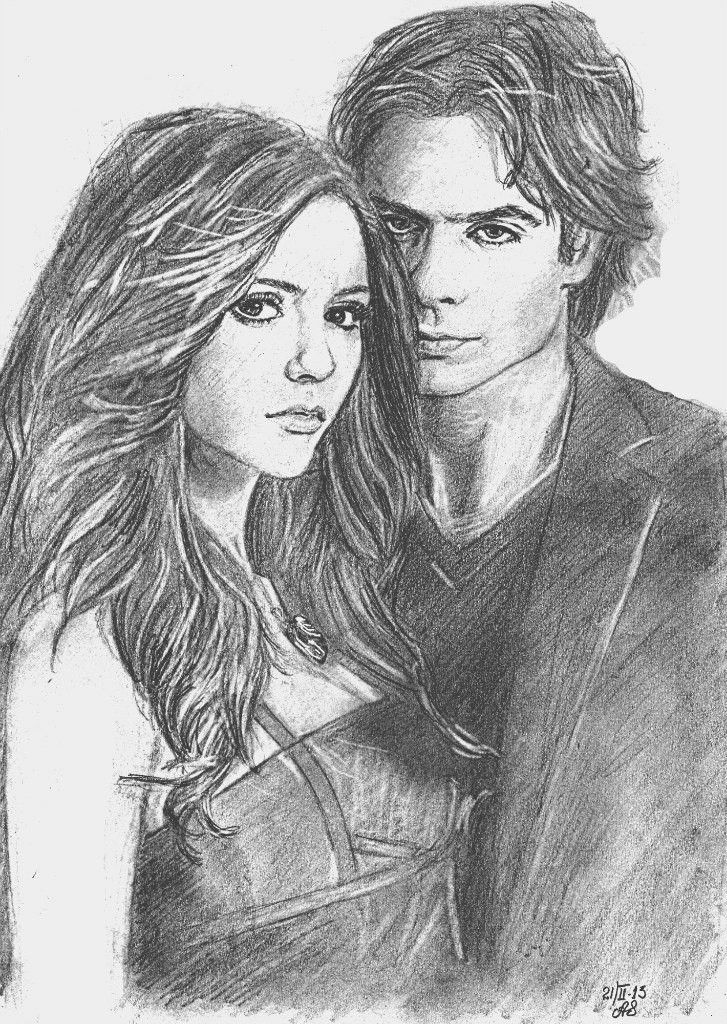
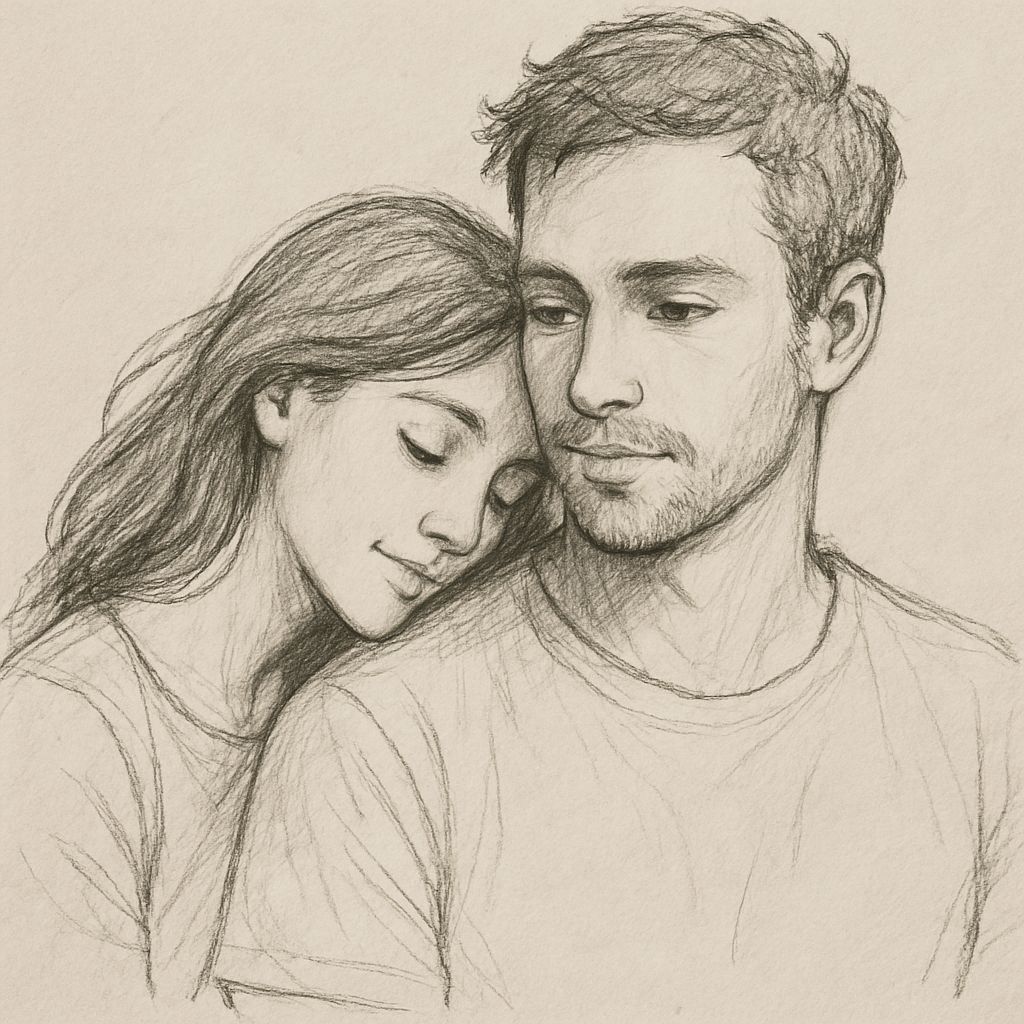
Line Art and Stylized Approaches
Minimalist line drawings use simple, continuous strokes to suggest forms and emotions. Single-line portraits create elegant, modern aesthetics with maximum impact.
Geometric interpretations break down figures into angular shapes and patterns. This approach offers contemporary appeal while maintaining recognizable human forms.
Sketch-style illustrations embrace loose, expressive linework. Intentional imperfections and visible construction lines add authenticity and charm.
Cross-hatching techniques build depth and shadows through overlapping line patterns. This classical approach works particularly well for dramatic lighting effects.
Stippling methods create texture and shading using dots of varying density. This technique produces soft, romantic atmospheres ideal for intimate portraits.
Personalization Tips
Reference photography ensures accuracy in proportions and expressions. Take multiple shots from different angles to capture your subjects’ unique characteristics.
Clothing and accessory details make portraits instantly recognizable. Include favorite outfits, jewelry, glasses, or other distinguishing elements.
Background elements should reflect the couple’s story. Incorporate meaningful locations, shared symbols, or important objects that represent their relationship.
Expression matching requires careful observation of how each person naturally smiles, laughs, or shows affection. Subtle facial feature adjustments make significant differences.
Body language accuracy involves studying how couples naturally interact. Notice touching patterns, personal space preferences, and characteristic gestures.
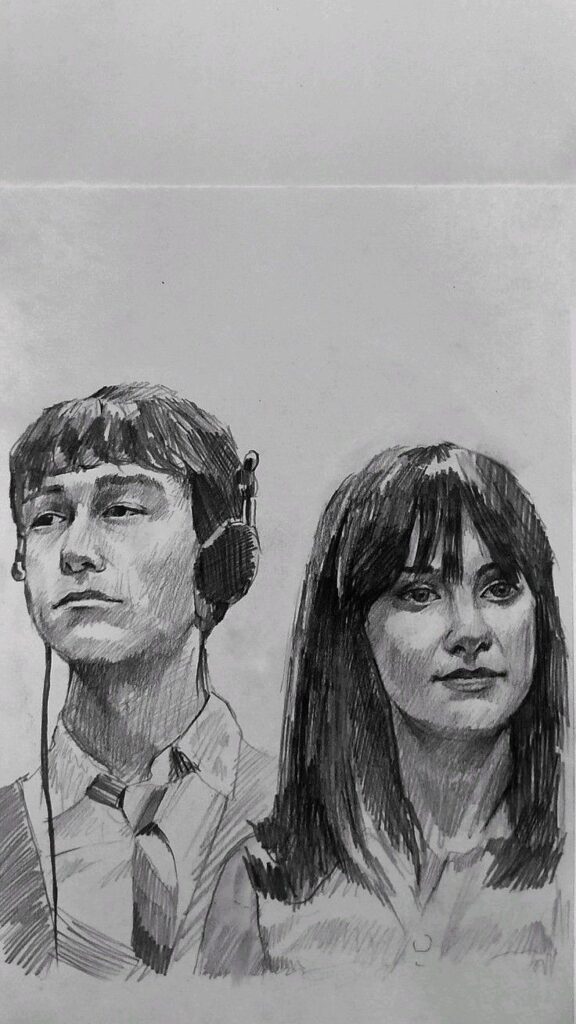
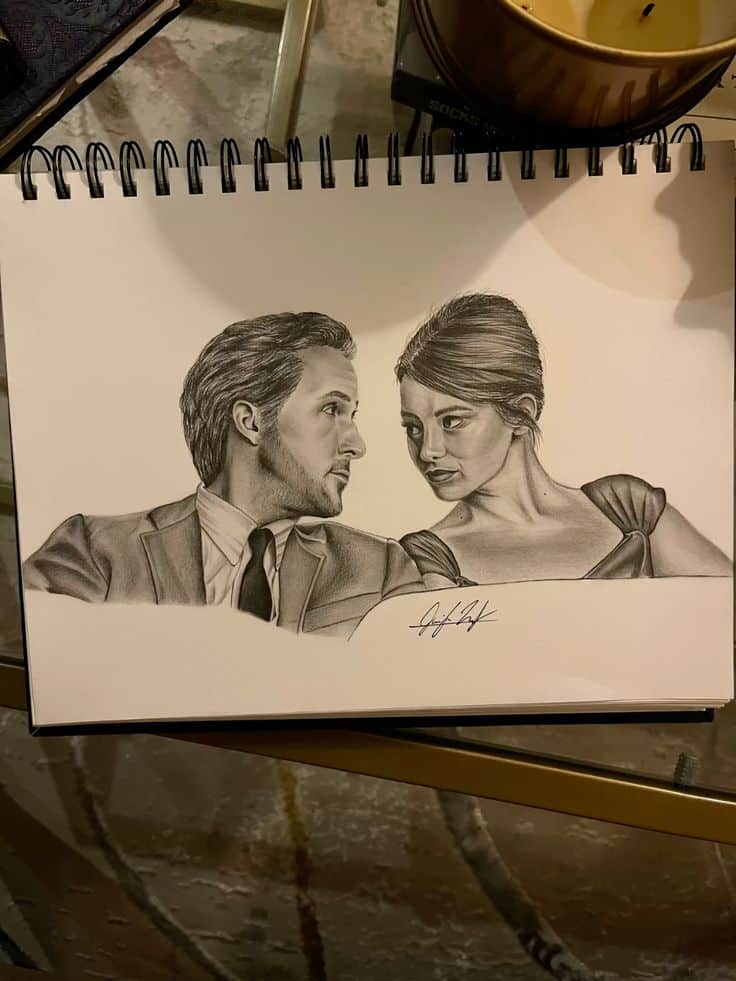
Essential Techniques and Materials
Quality materials and proven techniques form the foundation of successful couple portrait drawing. Professional-grade tools enable precise linework and smooth shading while proper sketching methods ensure accurate proportions and emotional connection.
Recommended Drawing Tools
Pencils are your primary instruments for couple portrait drawing. Use a range from 2H for light initial sketches to 6B for deep shadows and rich contrasts.
H pencils (2H, H) create fine lines for facial features and initial proportions. HB pencils work well for medium tones and general sketching.
B pencils (2B, 4B, 6B) produce darker values essential for hair, shadows, and depth. The variety allows smooth tonal transitions between light and dark areas.
Paper selection impacts your final result significantly. Choose medium-tooth drawing paper with 140-160gsm weight for optimal pencil adhesion.
Blending tools include tortillons, blending stumps, and chamois cloth. These create smooth skin tones and soft transitions between facial features.
Erasers serve multiple purposes beyond correction. Kneaded erasers lift graphite for highlights while vinyl erasers provide clean removal for adjustments.
Step-by-Step Sketching Process
Start with basic shapes to establish head positions and proportions. Draw two overlapping ovals for the heads, considering their relative sizes and angles.
Map facial guidelines using light horizontal and vertical lines. The eye line sits halfway down each face while the nose falls at the three-quarter mark.
Block in major features before adding details. Position eyes, noses, and mouths using your guidelines as reference points.
Establish the relationship dynamic through positioning and eye contact. Couples naturally lean toward each other or share similar head tilts.
Refine proportions by measuring distances between features. Use your pencil as a measuring tool to maintain accuracy across both faces.
Add hair masses as simple shapes initially. Focus on overall silhouettes rather than individual strands during this stage.
Shading and Detailing Methods
Establish light direction early in your couple portrait drawing process. Consistent lighting unifies both figures and creates believable depth.
Use layered shading to build form gradually. Apply light layers of graphite and build darker values through multiple passes.
Skin tones require subtle gradations without harsh lines. Blend carefully around cheekbones, jaw lines, and forehead curves.
Eye details demand precision since they convey emotion and connection. Focus on catchlights, pupil shapes, and eyelash placement.
Hair rendering benefits from directional strokes following natural growth patterns. Vary pressure to create texture and movement.
Final details include refined lip textures, nostril shapes, and clothing elements. These finishing touches enhance realism and individual character.
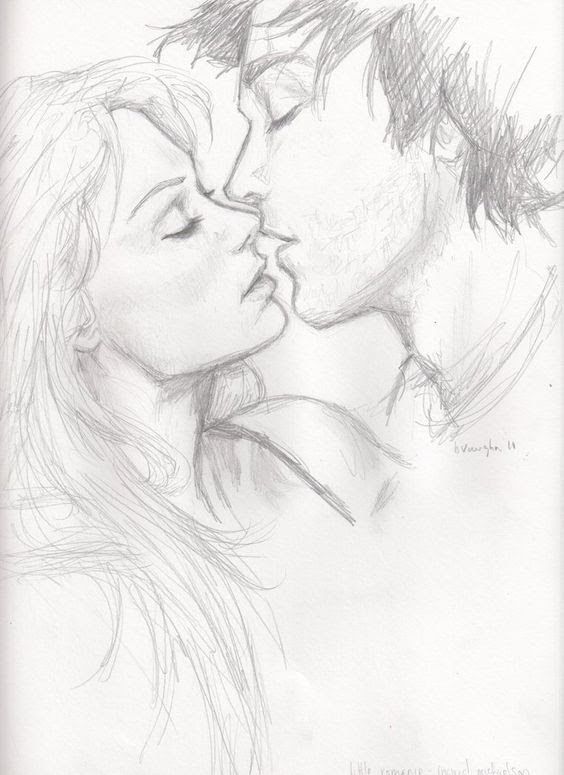
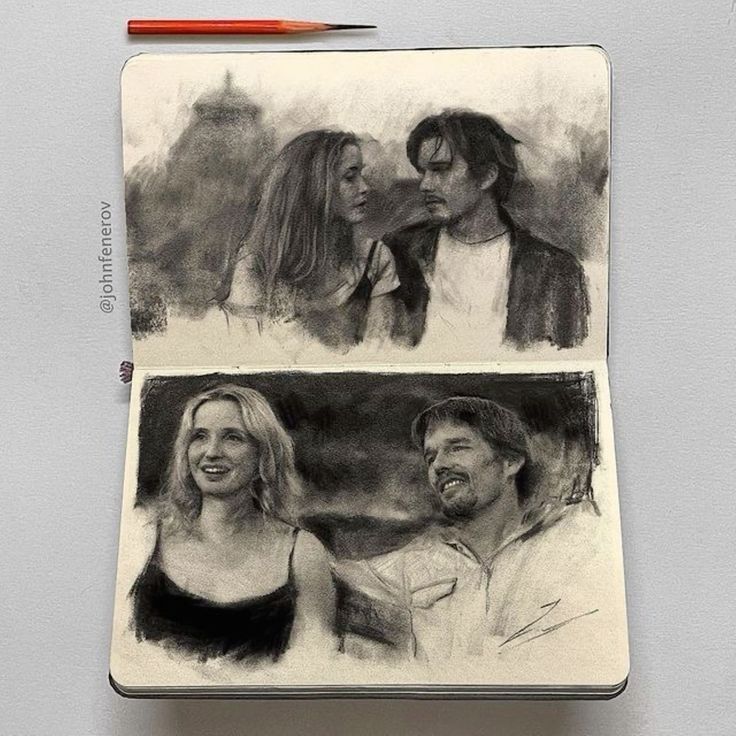
Choosing and Composing Your Couple Portrait
The foundation of any successful couple portrait lies in selecting strong reference material and understanding how two figures interact within your composition. Proper pose dynamics and compositional balance will transform basic couple drawing ideas into compelling artwork.
Selecting Reference Photos
Your reference photos determine the success of your couple portrait before you make the first mark. Choose images with clear lighting that reveals facial features and body language without harsh shadows.
Look for photos where both subjects are in sharp focus. Blurry or poorly lit references will force you to guess at important details like facial expressions and hand positions.
Essential photo qualities:
- High resolution (at least 1000 pixels wide)
- Even lighting on both faces
- Clear eye details and expressions
- Visible hand and finger positions
- Distinct clothing textures and folds
Avoid photos with complex backgrounds that compete for attention. Simple backgrounds let you focus on the couple’s interaction and body language.
Multiple reference angles help you understand the subjects’ features better. Take or collect photos from slightly different viewpoints to capture dimensional information about facial structure and pose positioning.
Pose Dynamics and Interaction
The way your subjects connect physically and emotionally drives the entire composition. Their body language should tell a story about their relationship through positioning and gesture.
Consider the triangle principle where the couple’s heads and bodies form geometric shapes that create visual stability. Overlapping forms show connection while maintaining individual identity.
Effective interaction elements:
- Eye contact between subjects or shared gaze direction
- Physical touch points (hands, shoulders, embracing)
- Complementary body angles that flow together
- Facial expressions that match the mood
Height differences add visual interest and natural hierarchy. Position the taller subject slightly behind or angled to create depth without hiding the shorter person.
Hand placement requires special attention in couple portraits. Hands should look natural and relaxed, avoiding awkward finger positions or unnatural grips that distract from the faces.
Compositional Balance
Balance your couple portrait by distributing visual weight evenly across the drawing surface. Consider how clothing colors, hair textures, and facial features create focal points.
The rule of thirds applies to couple portraits by positioning key elements like eyes or hands along intersection points. This creates more dynamic compositions than centering both subjects.
Compositional techniques:
- Asymmetrical balance: Different sized elements that feel equal in weight
- Leading lines: Arms, shoulders, or gaze directions that guide the viewer’s eye
- Negative space: Empty areas that give the composition room to breathe
- Contrast levels: Light and dark areas that create depth
Frame your subjects to include enough space around them without making them appear lost in the composition. Tight crops focus attention on facial expressions while wider views show more body language and interaction.
Consider the drawing format carefully. Vertical orientations work well for standing or seated poses, while horizontal formats suit side-by-side arrangements or reclining positions.
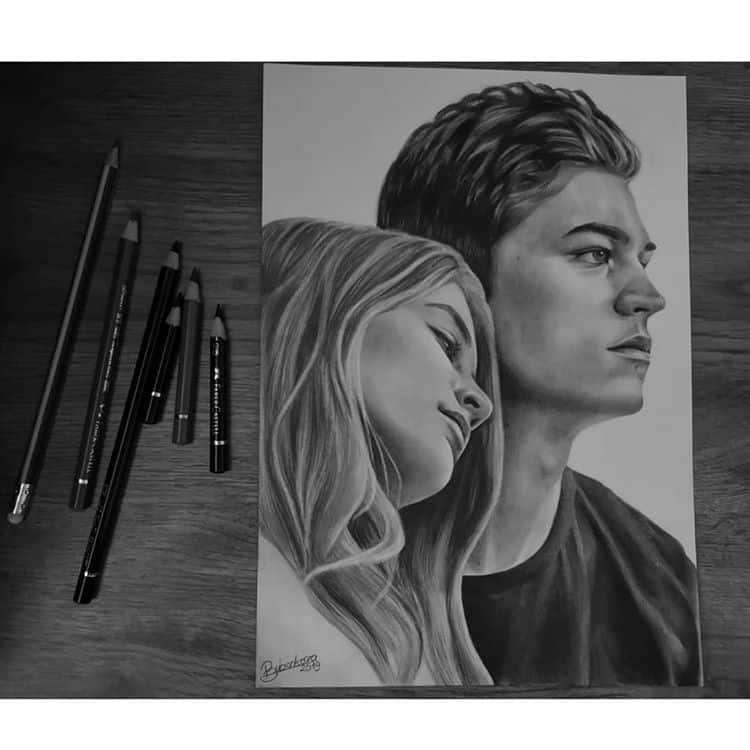
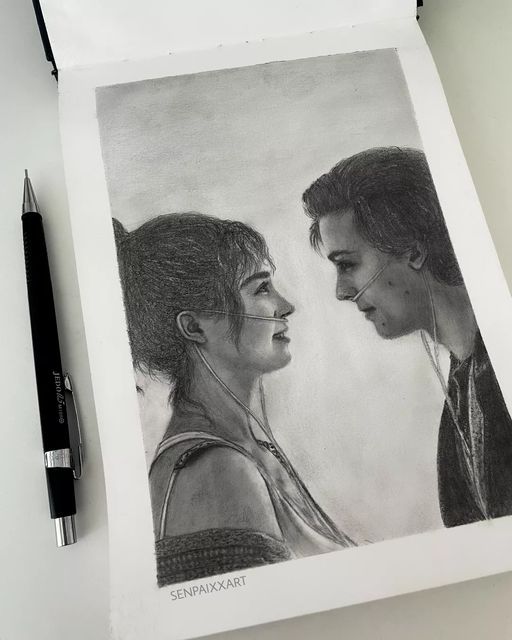
Styles and Customization Options
Couple portrait drawings offer extensive artistic styles ranging from photorealistic pencil work to abstract interpretations, with options for both digital creation and traditional hand-drawn mediums. Personal elements like custom backgrounds, meaningful text, and combined photo references transform standard portraits into unique artistic expressions.
Realistic vs. Stylized Approaches
Realistic couple portraits focus on accurate representation of facial features, proportions, and details. Artists use techniques like precise shading and careful attention to lighting to create lifelike drawings.
Pencil drawings excel at capturing realistic textures and expressions. Oil paintings provide rich, vibrant colors that enhance skin tones and create depth.
Stylized approaches offer creative interpretations of your photos:
- Pop art portraits use bold colors and graphic elements
- Caricatures emphasize distinctive features in a playful way
- Royal portraits place couples in elegant, classical settings
- Abstract styles focus on artistic interpretation over literal representation
Impressionist techniques create softer, more romantic effects. Modern artistic styles can incorporate geometric elements or simplified forms for contemporary appeal.
Digital and Traditional Media
Traditional mediums produce hand-created artwork with unique textures:
| Medium | Characteristics | Best For |
|---|---|---|
| Pencil | Fine detail, realistic shading | Black and white portraits |
| Colored pencil | Vibrant colors, precise control | Detailed color work |
| Oil painting | Rich textures, blendable colors | Classic, elegant portraits |
| Charcoal | Bold contrasts, dramatic effects | Artistic, expressive styles |
Digital portraits offer flexibility and quick turnaround times. Digital files can be ready within 24 hours and easily reproduced in multiple formats.
Digital creation allows for easy revisions and corrections. You can request adjustments to colors, backgrounds, or details without starting over.
Both approaches can incorporate multiple source photos into a single composition. Artists combine different images to create ideal poses or include meaningful locations.
Adding Personal Elements
Custom backgrounds transform basic couple portrait drawings into personalized artwork. You can request specific locations like your wedding venue, favorite vacation spot, or dream destination.
Simple colored backgrounds work well for formal portraits. Detailed scenic backgrounds add storytelling elements to your artwork.
Text additions incorporate meaningful words directly into your portrait:
- Song lyrics from your wedding dance
- Favorite quotes or poems
- Anniversary dates or special messages
- Names and significant dates
Photo combinations merge multiple images into cohesive compositions. Artists can blend engagement photos with wedding pictures or combine individual portraits into couple scenes.
Special elements like pets, children, or meaningful objects can be added to basic couple portraits. These additions create more comprehensive family representations while maintaining focus on the couple relationship.
Frame options range from simple poster formats to museum-quality matted presentations. Pricing typically ranges from $20 to $150 depending on size and frame style selected.
- 145shares
- Facebook0
- Pinterest145
- Twitter0
- Reddit0
